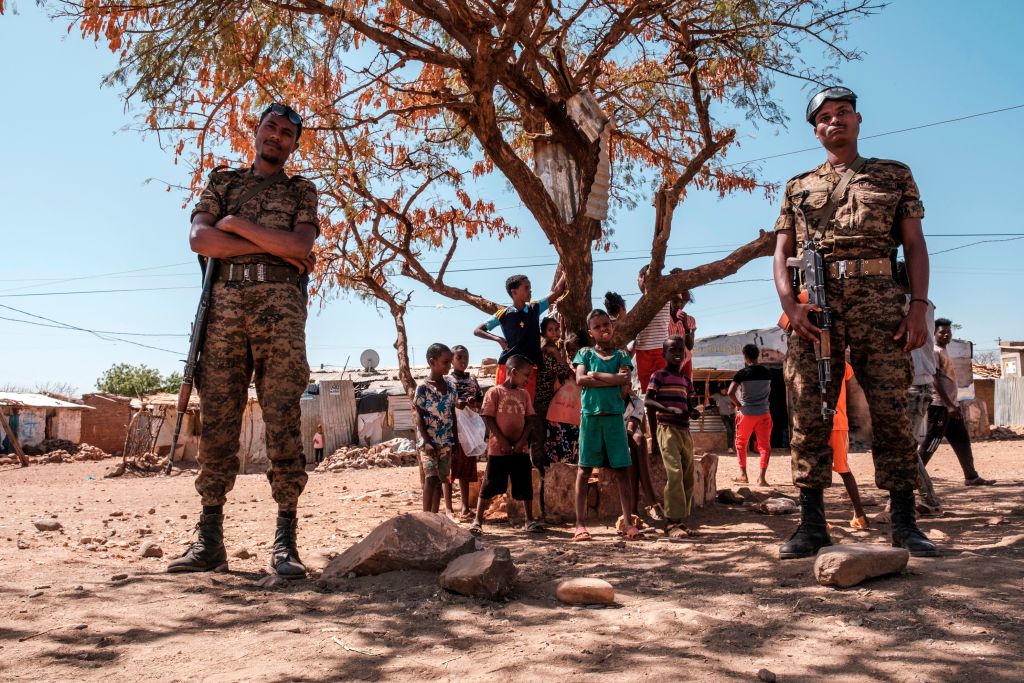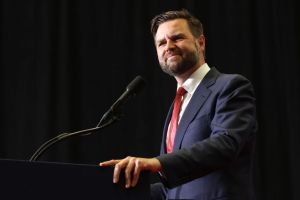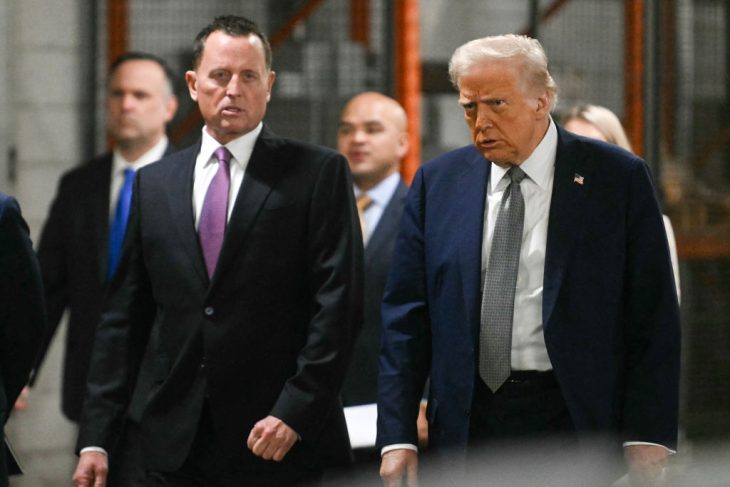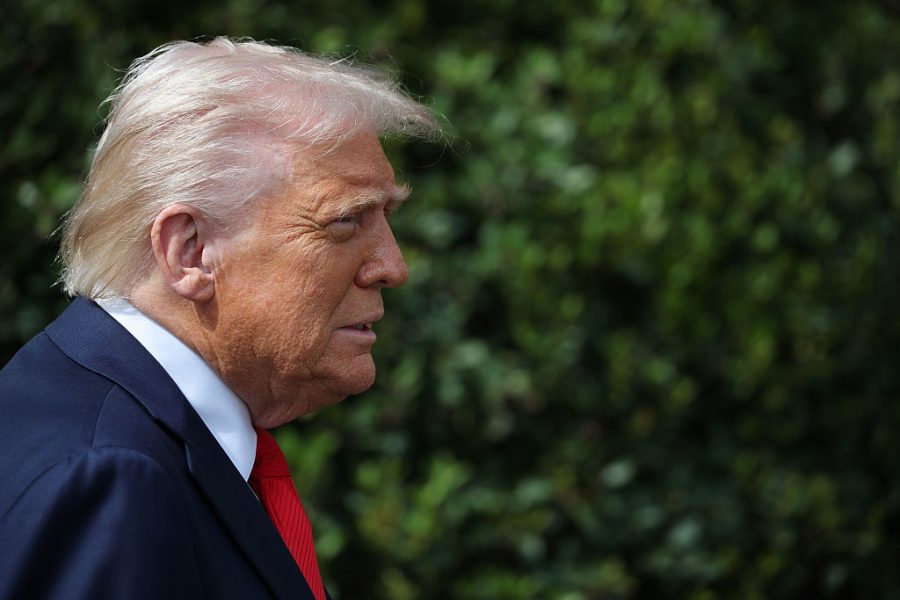Tigray is the Donald Trump of Ethiopian politics. If you don’t criticize Ethiopia’s most northern region or its main party, the Tigray People’s Liberation Front (TPLF), a lot of people get mighty riled mighty quick — especially among the Ethiopian diaspora in the US.
From the end of 2015 until Prime Minister Abiy Ahmed emerged in 2018 to break the TPLF’s decades-long grip, Ethiopia was rocked by protests and ethnic clashes that displaced millions and left hundreds if not thousands dead. I spent four years trying to report objectively on these upheavals. The abuse I got on social media was impressively creative in its use of metaphors and similes.
Extend that Tigray-Trump parallel: just when Trump was losing his Teflon coat, so the TPLF seemed to be losing theirs. On November 28, after six weeks of fighting between TPLF and government forces and the capture of Tigray’s regional capital Mekelle by federal troops, Abiy Ahmed declared victory.
But nothing in Ethiopia can ever be that simple. The odds are that a renewed insurgency is about to add to the devastation of Ethiopia’s overlooked civil conflict. On November 4, following a Tigrayan attack on a military base, Abiy ordered an offensive into Tigray. Tensions had been brewing for months over the balance of power between the central government and regional authorities; the TPLF argue their attack was a preemptive strike.
Most estimates agree that thousands have already been killed, though the government’s lockdown of Tigray and a information blackout have made access and assessment exceedingly hard. There are allegations of federal artillery strikes on populated areas, deliberate targeting and massacres of civilians, extrajudicial killings and widespread looting. More than two million people have been displaced within Tigray, and about 50,000 have fled into neighboring Sudan. The US is Ethiopia’s largest foreign donor. The corresponding lack of noise from the US government is surprising.
‘Because Ethiopia was not colonized, it was able to have a formal direct relationship with the US that goes back to 1903 when the US representative handed his papers to Emperor Menelik,’ says Tewodrose Tirfe, chair of the Amhara Association of America (AAA), a US-based advocacy group for the Amhara, Ethiopia’s second-largest ethnic group. ‘No other African country has this sort of relationship with the US.’
Successive waves of emigration spurred by decades of tumult have created an Ethiopian diaspora of some two million people. About half live in the US, with about 250,000 concentrated in Washington DC, Virginia and Maryland. Many detest the TPLF for ruthlessly consolidating power after having led the 1991 revolution that freed the country from a communist military junta.
The TPLF may appear to have been defeated, but it still enjoys strategic advantages: the support of most of the six million Tigrayans, unknown numbers of battle-hardened irregulars, and mountainous terrain that favors the defender. As the TPLF leadership vows to fight on from its mountain redoubts, Abiy is equally adamant that his Nobel Peace Prize, won in 2018 after the Ethiopia-Eritrea peace deal, or international calls for peace won’t stop him settling differences with the TPLF.
Ethiopia’s 110 million people speak more than 80 dialects and live in 10 states. The TPLF-founded constitution of 1995 made Ethiopia a federal republic. But the TPLF became increasingly authoritarian, until the Oromo, Ethiopia’s largest ethnic group, joined with the Amhara and placed Abiy, an Oromo, in power in 2018. The irony now is that it’s Abiy who is pushing for a centralized state that can Make Ethiopia Great Again, while the TPLF is calling for federal rights to be protected.
‘The prospect of a negotiated solution remains distant,’ says William Davison of the Crisis Group, who was recently expelled from Ethiopia. Davison argues that Abiy must accommodate Tigrayan nationalism as part of a national dialogue about Ethiopia’s core problems: the role of ethnicity in the federal system and power-sharing between central and regional governments.
Further conflict in Tigray risks spreading not only around Ethiopia but also to neighboring Eritrea, and then around the Horn of Africa. Eritrean troops have fought with Abiy’s Ethiopian troops in Tigray. Since the peace deal of 2018, Abiy has become increasingly chummy with Eritrea’s totalitarian leader Isaias Afewerki. He loathes the TPLF, blaming them for starting the devastating 1998–2000 war between the two countries.
This tense, potentially escalatory, situation could threaten hard-won stability across a volatile region that harbors terrorist groups. The US diplomatic corps should be all over it, but COVID-19 and domestic crises have sapped their political energy and attention. The outgoing American ambassador to Addis Ababa inadvertently alluded to this dilemma during his farewell speech in late January.
‘Like Ethiopia, my own country has wrestled with serious security, health, economic and social challenges,’ Michael Raynor said. ‘Like Ethiopia, we wrestle with issues of racial and ethnic tensions; federal versus regional roles and prerogatives; political representation that reflects the diversity of our communities; and equitable access to economic opportunities.’
Ambassador Raynor noted that the US provided more than $3 billion of assistance to Ethiopia during his three-year tenure. But the vacuum in US foreign policy toward developing countries allows the likes of Abiy to pursue political vendettas. He launched his Tigray offensive as the world was distracted by the US elections, and seems confident that the Biden administration will lack the focus to leverage its position as largest foreign donor.
What should the US do about the Tigray crisis? As a veteran of our escapades in Iraq and Afghanistan, my days of wild interventionism are over. But tough talk that includes all those US dollars would be a start. So would a starker appreciation of how wily and ruthless Ethiopia’s political leaders have always been. Abiy recently told Ethiopia’s parliament that not a single civilian had been killed in the federal offensive in Tigray. The emoji suggesting sufficient incredulity for that claim doesn’t exist. Maybe it’s not just Tigray that should be compared to Trump.
This article was originally published in The Spectator’s March 2021 US edition.

























